
Key Takeaways
- Common causes of AC leaking water include a clogged drain line, a dirty air filter, or a damaged drain pan.
- Low refrigerant levels and frozen coils can also cause your AC to leak water.
- Regular AC maintenance tasks like cleaning the condensate drain line, air filter, and coils help prevent water leakage issues.
Seeing water drip down your air conditioning unit can be very unsettling. The last thing you want is a messy puddle indoors, not to mention the dreaded cost of AC repairs! Even though your AC unit removes moisture from the air, this scenario is not normal. Instead, an AC leaking water can indicate a serious issue.
This blog breaks down the most common causes of indoor AC leaks and provides guidance on how to address the issue. Whether it’s a clogged drain line, dirty filter, or something more technical like a broken condensate pump, we’ve got you covered.
Read on to discover the most common causes for an air conditioner leak, along with their immediate fixes.
9 Reasons Why Your AC is Leaking Water Inside Your House
Let’s break it down so you can understand what’s happening and how to fix it effectively.
1. Clogged Drain Line
This is one of the most common reasons for an AC to leak water. The moisture collected by your unit during the dehumidification process contains dirt and debris. Over time, if the condensate drain line is not cleaned, this can accumulate and cause a blockage. When the drain line is blocked, it prevents the water from being expelled from the system, causing it to overflow and leak inside your home.
Signs of a Clogged Drain Line:
- If you notice water accumulating around your AC, it’s a good indication that the drainage system isn’t functioning properly.
- If you hear gurgling or bubbling sounds, it could indicate a clog.
How to Fix:
Some modern air conditioners have a cutoff switch that shuts down the unit if it detects a clogged drain line. This is a great option to protect your house from water damage. However, if your unit doesn’t have this option, you will have to take action yourself.
- Always start by turning off the AC and unplugging the unit for safety.
- Find the drain line; it’s exact location will vary depending on the type of your AC.
- Check how clogged it is. Take a long wire brush and scrub the line thoroughly to remove any gunk.
- If it is severely clogged, a special pump or vacuum may be required. You can use a wet/dry vacuum to suck out any debris blocking the line.
- Focusing on preventive HVAC maintenance should be on your priority list. As a part of your maintenance routine, pour bleach down the drain line every six months to clean the condensate drain line. This will also help remove germs and prevent mold. However, do not increase the frequency as it can increase the chances of corrosion.
2. Rusted or Cracked Drain Pan
The drain pan, located beneath the evaporator coil, collects condensation before it is discharged through the drain line. Over time, the pan can crack or rust, especially in older AC units, causing water to leak out instead of draining properly.
Signs of a Damaged Drain Pan:
- Visible rust or cracks in or around the pan.
- Consistent water puddles even after cleaning the drain line.
- Dripping directly under the unit, not from the drain line.
How to Fix:
- A cracked drain pan will need to be carefully and securely sealed. First, clean the drain pan thoroughly. Next, use a flashlight and pour water to identify any cracks. Use a high-quality, water-resistant sealant to patch the cracks, and then test the repair by pouring water again.
- It is best to replace a rusted drain pan. Any type of drain pan won’t do; it must be the correct size for your AC to function properly.
Note: If your AC is over 10–15 years old, a worn drain pan may be one of several signs it’s time for a full inspection or upgrade.
3. Dirty Air Filters
When air filters are clogged, warm air does not pass through easily. As a result, the refrigerant won’t absorb the heat, causing the evaporator coils to freeze after some time. Over time, the ice builds up, further obstructing the airflow. When this ice melts, the excess water can overwhelm the drainage system, causing it to leak.
Signs You Have a Clogged Air Filter:
- If your AC isn’t cooling as well as it used to, it could be because airflow is restricted due to a dirty filter.
- A dirty filter requires the system to work harder, and this can lead to higher bills.
How to Fix:
- Safety first. Switch off the unit before you do any maintenance.
- Locate the air filter. Depending on the type of air conditioner, the air filter is typically located near the intake vent or inside the unit itself.
- Take it out and inspect it. If it looks clogged with dust or dirt, it’s time for a replacement or cleaning, depending on the type of filter.
- For reusable filters, wash them under cold water and let them dry completely before reinserting them. For the disposable filter: If it’s too dirty or damaged, replace it with a new one. It is advised to clean the air filter more often during the peak season when your air conditioning system is used for extended periods. You should clean them every two weeks and replace them every 3-4 months.
Pro Tip: If you have a mini-split, window, or portable AC, consider using a smart thermostat for ductless systems to monitor your air filter’s cleanliness levels and receive reminders when it’s time for cleaning.
Your best choice to make any mini-split, window,
or portable AC smart. Enhance your comfort and savings.
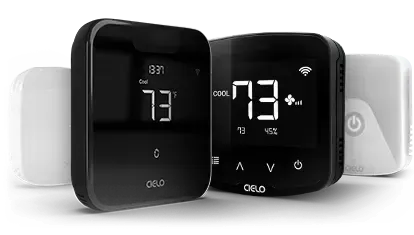
4. Low Refrigerant Levels
When your unit has low refrigerant levels, the evaporator coil becomes too cold to absorb sufficient heat from the air. This causes the moisture in the air to freeze on the coil. As the ice melts, it can lead to water leakage inside the unit.
Signs of Low Refrigerant:
- Ice on the evaporator coil or near the air handler.
- Warm air is blowing from the unit instead of cool air.
- Hissing or gurgling sound near the refrigerant line, indicating a possible leak.
How to Fix:
Avoid trying to fix the leak on your own, as it can be dangerous to inhale the or ingest the refrigerant. It’s best to call a professional HVAC technician who can safely repair the leak and fill up the refrigerant.
5. Drain Line Disconnect
If your drain line is not attached properly, it will disconnect and result in your AC leaking water. The drain line can disconnect due to improper installation, after an improper repair, or it can become loose over time.
Signs:
In case of a disconnected drain line, water can pool on the floor or leak through the ceiling. The leakage source can vary depending on the location of your AC unit.
How to Fix:
Contact HVAC support to reconnect the drain line. To avoid this problem in the future, make sure to always call a professional for repair and installation work.
6. Broken Condensate Pump
A condensate pump removes the moisture collected inside your air conditioner, directing it safely outside.
When the water level in the condensate pump reservoir rises, the float switch on the pump is turned on. It then triggers the condensate pump to drain water outside of your home.
If this pump fails, the water has nowhere to go and can start leaking from the unit.
Signs of a Failing Condensate Pump:
- Water is pooling around the unit.
- The AC shuts off due to a built-in overflow safety feature.
How to Fix:
Contact a technician to have the condensate pump repaired or replaced, depending on the damage.
7. Improper AC Installation
Even a brand-new AC can leak water if it wasn’t installed correctly. A common issue is an unlevel indoor unit; if it’s tilted the wrong way, condensation may not drain properly and can spill over the edge of the drain pan.
Signs of Poor Installation:
- If water pools on one side of the unit more than the other, the installation angle could be the culprit.
- The unit appears to be slightly tilted on the wall or bracket.
- Frequent leaks despite clean filters and the drain line.
How to Fix:
- The central air conditioner needs to be on a flat surface. If it is on an uneven surface, use an AC pad to solve this problem.
- For a window AC, the front should be tilted upwards so that the water drains outside instead of spilling inside.
- When installing a new unit, always ensure that an experienced professional is doing the job.
8. Condensation Build-Up
Condensation is a normal part of your air conditioner’s dehumidifying process. However, excess condensation buildup can result in AC leaking water from air ducts or vents.
This typically occurs due to inadequate, clogged ducts and blocked drain pumps. When air cannot circulate freely throughout your system because of a blockage, it will become colder inside the ducts, increasing the chances of ductwork sweating (condensation in your ducts).
The same problem can occur when your ductwork passes through an attic that lacks insulation or is poorly insulated. High humidity in summer also increases the chances of condensation buildup.
Signs of Excess Condensation:
- Moisture around the unit, especially during humid days.
- Leaking ductwork.
- Musty odors indicate trapped moisture.
How to Fix:
- Improve the insulation of your ducts.
- Make sure to insulate your attic, especially if the ductwork passes through it
- Use a dehumidifier in rooms with high humidity.
- Staying on top of your AC maintenance can also help prevent water leaking issues as it removes dirt and debris from your system.
9. Frozen Evaporator Coils
A frozen coil blocks airflow and disrupts normal condensation drainage. When it eventually thaws, the resulting water may overflow the drain pan and leak inside your home.
Signs of Frozen Coils:
- Frost on the indoor unit or vents.
- Reduced cooling or warm air from the AC.
- Unusual hissing or bubbling sounds.
How to Fix:
- If there is an airflow blockage, you need to check the air filters, return vents, ducts, and fins. Cleaning them restores the airflow and can help fix the freezing issue.
- Also, contact an HVAC technician if you suspect that leaking frozen coils is due to low refrigerant levels.
Keep Your AC Leak-Free
A leaking air conditioner may seem like a minor issue at first, but it can lead to costly damage, poor air quality, and a reduced lifespan if left unaddressed. From clogged filters to refrigerant issues, the causes vary, but with regular HVAC maintenance, most of your air conditioner leaking water issues can be prevented.
Frequently Asked Questions
In addition to temperature, your HVAC can also control humidity levels. The indoor AC unit consists of evaporator coils. As the warm air from your home is drawn into your HVAC unit, it is blown over the cold evaporator coils, which causes it to condense, thus making it less humid. The resulting moisture drips into a drain pan that leads to a condensate drain line. This line leads out of your home and drains the water outside. Yes. Standing water from a leaking unit creates an ideal environment for mold, particularly in humid areas or hidden spaces like basements and behind walls. It’s best to turn your unit off as soon as you spot water dripping from your air conditioner. Water leaks can damage your walls, floors, and electrical components. In some cases, the damage to the internal AC components can be severe, and if your unit keeps running, it can lead to a compressor failure.
Why Does an AC Collect Water?
Can a Leaking AC Cause Mold?
Is It Safe to Keep Using the AC While It’s Leaking?
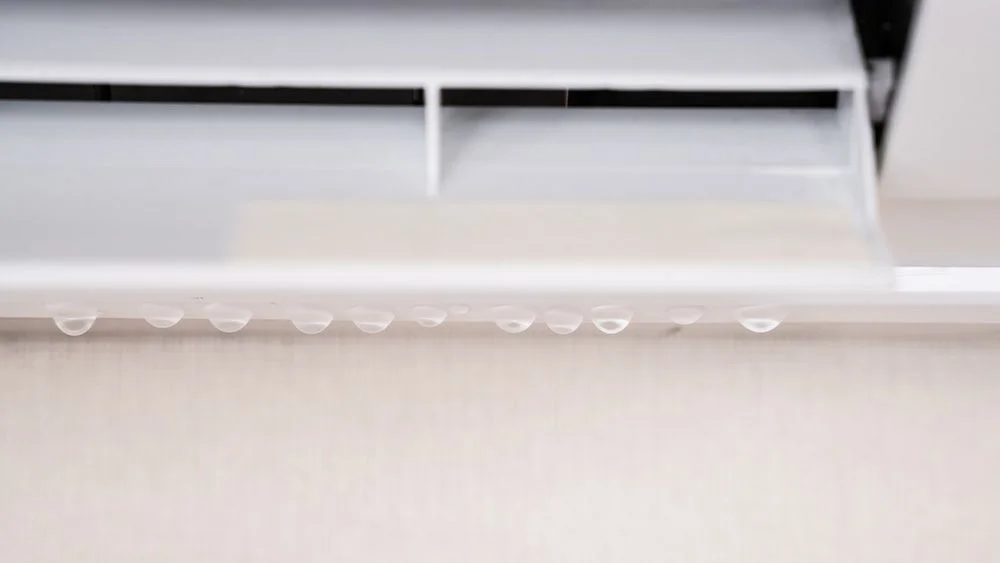
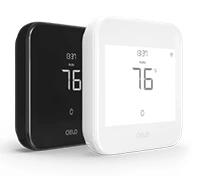
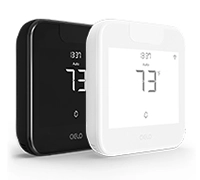
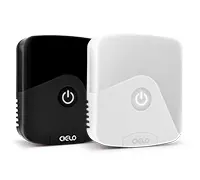
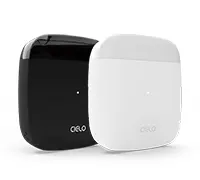
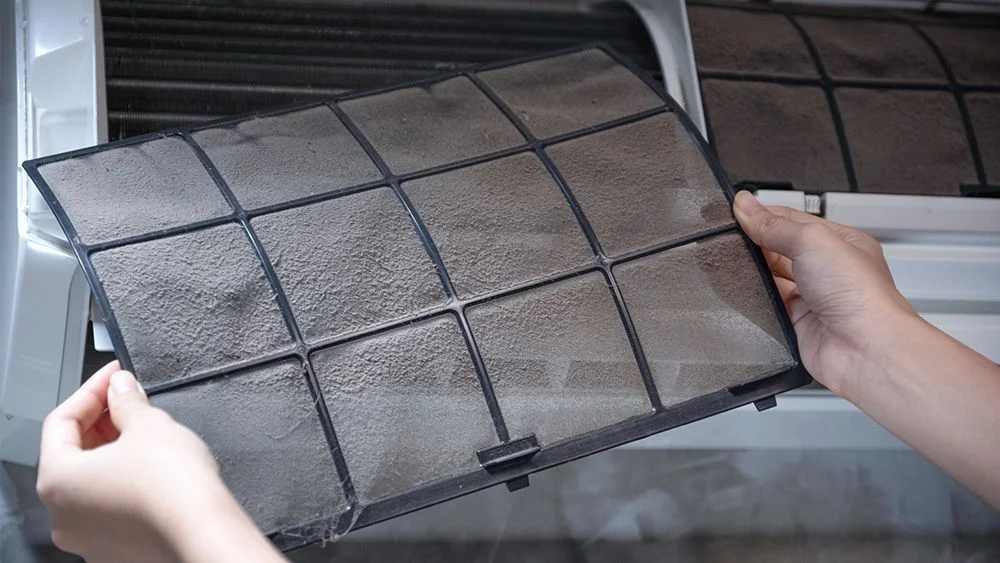
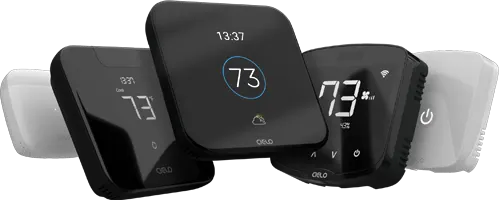

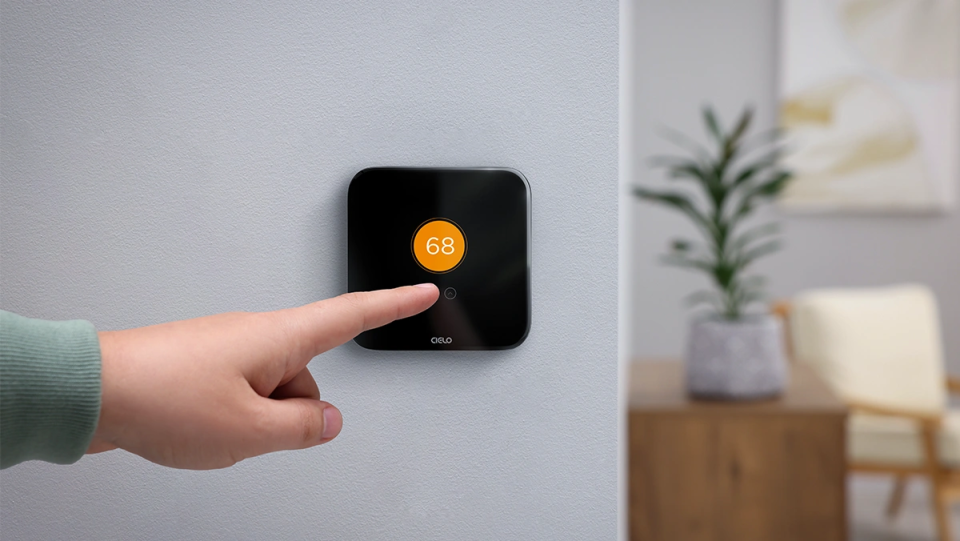

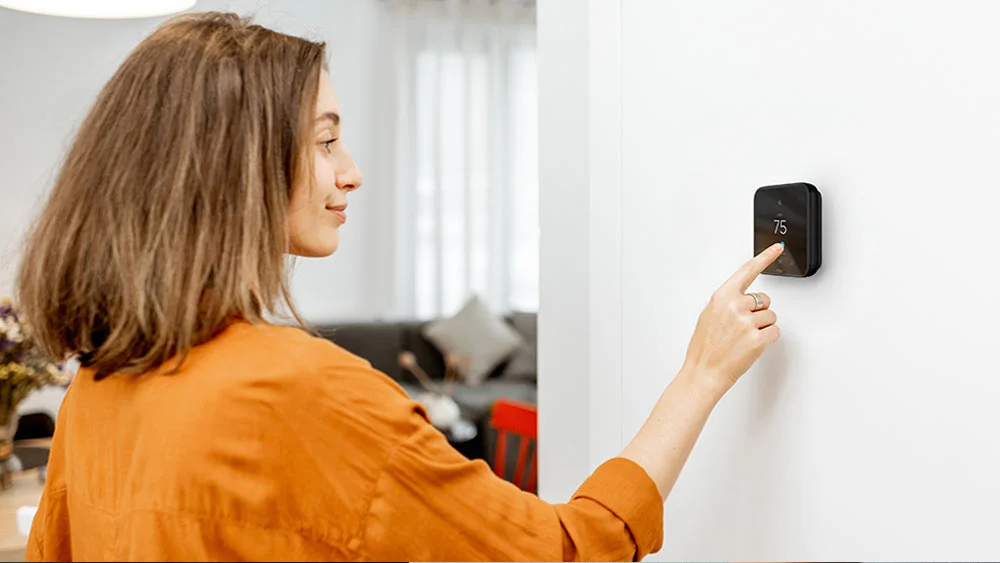
4 Comments. Leave new
Thank you for your article.
I have been having a leaking air handler for many months now – American standard new install (2 years old). Original installer is too busy to come by and check.
I had 2 plumbers and 4 HVAC companies – all American standard dealers. Cost me a fortune.
None really could fix it once and for all.
They all wanted to change the PVC from the air handler. None fixed the issue.
What I see is water under the Drain Pan and on the left side of the coil under the blower where there is insulation. We didn’t see any crack of the Pan. We inspect it with a camera. Of course, without removing the pan completely and inspecting it, it is hard to tell.
We added a splash guard to force the water to go down to the pan, instead of splashing off the coil, but that didn’t work either.
We checked the coil for any leak – None found. Filter is new
All HVAC companies said the AC was weirdly installed.
I opened a case with Trane for assistant but they push back to their Dealers.
At this point, I do not know how to proceed. It feels like I need a new Air-Handler since I do not want to start replacing Drain Pan, Coil, etc.and with my luck, it wont fix the issue.
Thank you for your article. It is very helpful, a starting point for understanding the problem and dealing with an HVAC pro.
my unit only leaks when I have a filter installed .when the filter is out it doesn’t leak
My AC unit was leaking water this evening, and it had worked perfectly for 6 months since
installation without issues. As a trouble shooting step, I first cleaned the filters, and this did not stop the leakage. Secondly, I checked the outdoor drain unit, and discovered that the drain hose was submerged in the drained water in the collector, without enough pressure from the hose to counter the atmospheric pressure, this led to accumulation of water in the drain hose up to the indoor unit, this was validated because as soon as I lifted the drain hose out of the collector, a large amount of water immediately rushed out of the hose, immediately stopping the leakage from the indoor unit.